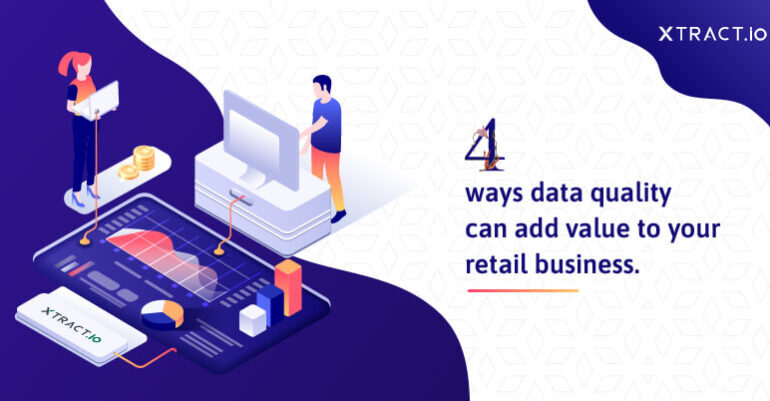The retail sector is highly competitive and constantly changing when compared to every other industry in the world. Every year, many small-scale businesses are established in the retail industry. Though this scenario is encouraging for those considering starting a business, it is difficult for existing players to stand out from the crowd.
Data can be a significant differentiator in the retail business. However, in today’s digital world, every customer touchpoint is a data point, and data decays at an alarming rate. You can no longer use data quality strategies as a one-time solution.
A retailer must understand where and how to connect with their customers. How to engage with them? What are the items that they are interested in purchasing? Though these are basic questions, they have a significant impact on the relationship with the customer. Customer satisfaction is the prime factor in determining a company’s success. Accurate analysis of high-quality data is required to raise the bar.
Did you know that bad data can derail your business?
When a retailer develops business strategies based on insights derived from extracted data without first ensuring the data’s quality, he risks creating ineffective business models.
According to a Gartner report, poor quality data is responsible for an organization’s average annual loss of $15 million. CRM data can be a significant issue for retailers because customer data is constantly changing. It is pointless to spam the wrong person with the right marketing strategy.
Every customer expects a more personalized shopping experience. When they notice that the retailer is indifferent to them, the majority of customers switch brands. It is vital to access real-time standardized data and develop personalized marketing strategies to address this challenge and retain customers.
How can you assess the quality of your retail data?
It is not difficult to analyze and standardize the quality of your data. Companies lose sight of the importance of achieving a unified view of customer data from data silos generated by customer touchpoints and transforming it into standardized data.
To continue reading, head to Hackernoon where this post is originally published.







